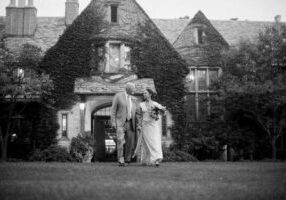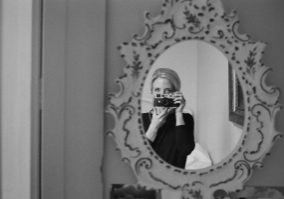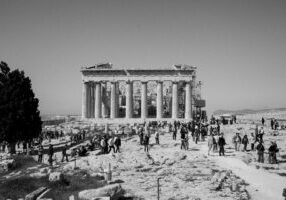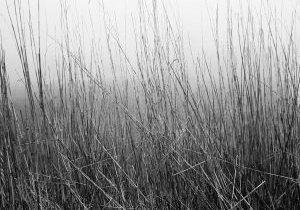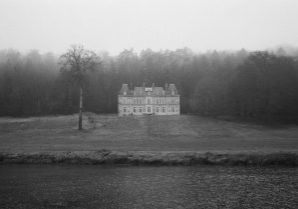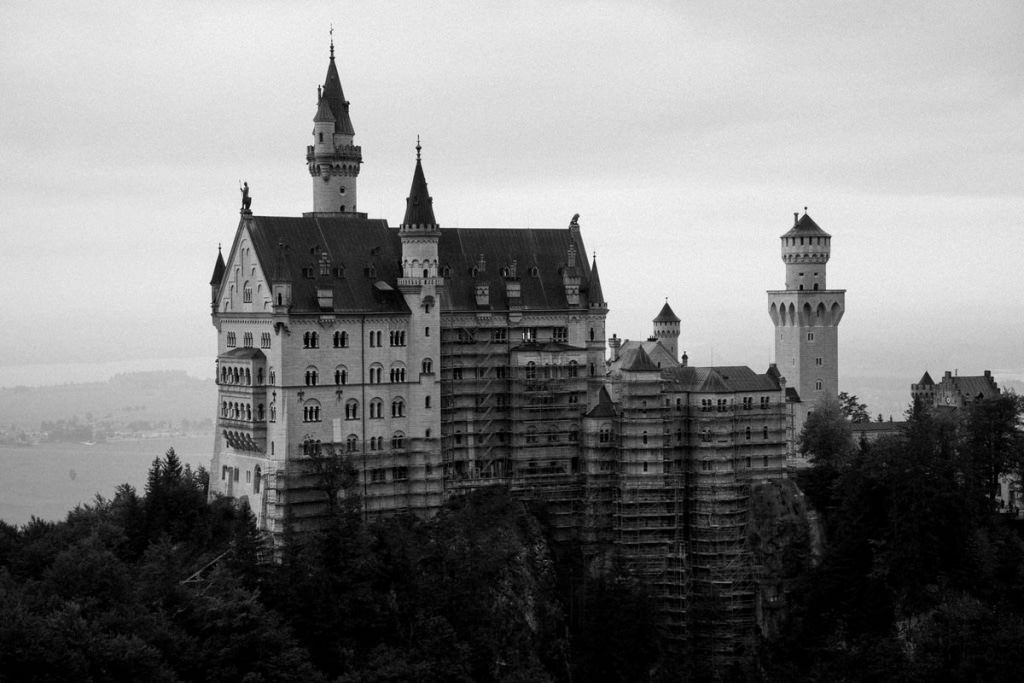
Neuschwanstein Castle Bavaria Germany
Neuschwanstein Castle: Bavaria's Fairytale Icon
Perched high on a rugged hill in the Bavarian Alps, Neuschwanstein Castle is one of the most iconic and magical castles in the world. With its romantic spires, turrets, and dreamy location amidst lush forests and snow-capped peaks, this 19th-century masterpiece looks like something straight out of a fairy tale. In fact, it's often referred to as the "Fairytale Castle" and is said to have inspired Walt Disney's Sleeping Beauty Castle. But beyond its postcard-perfect appearance, Neuschwanstein has a rich history tied to its enigmatic creator and the cultural landscape of Bavaria.

The Vision of King Ludwig II
Neuschwanstein Castle was commissioned by King Ludwig II of Bavaria, a monarch whose life and reign are shrouded in both admiration and mystery.
Ludwig, often called the "Mad King," was an eccentric and passionate ruler who sought refuge from the political realities of his time in the world of fantasy and art. An ardent admirer of Richard Wagner's operas, Ludwig wanted to build a castle that would embody the medieval legends and romantic ideals portrayed in Wagner's works.
Construction of Neuschwanstein began in 1869, and although the castle was not fully completed at the time of Ludwig's death in 1886, it became a stunning tribute to his artistic and architectural dreams. The name "Neuschwanstein," which translates to "New Swan Stone," was a nod to the Swan Knight, a character in Wagner's opera Lohengrin.

Architectural Marvel
While the exterior of Neuschwanstein might appear medieval, the castle is a product of 19th-century Romanticism. The architectural style is a combination of Romanesque, Gothic, and Byzantine elements, reflecting Ludwig's love for the aesthetics of old European castles.
The exterior of the castle is a symphony of towers and balconies, each one providing stunning views of the surrounding landscape. The interior, equally impressive, is a homage to mythology and legend, with intricately painted murals depicting scenes from Wagner's operas and medieval sagas. The Throne Room is perhaps the most majestic, featuring a blend of Byzantine and Gothic styles, with a grandiose chandelier and a mosaic floor representing animals and plants.
The Singer's Hall is another highlight, designed for grand operatic performances that Ludwig hoped to host but never did. Its murals and high vaulted ceilings echo the legendary Camelot, emphasizing Ludwig's fascination with chivalry and the idealized world of knights.
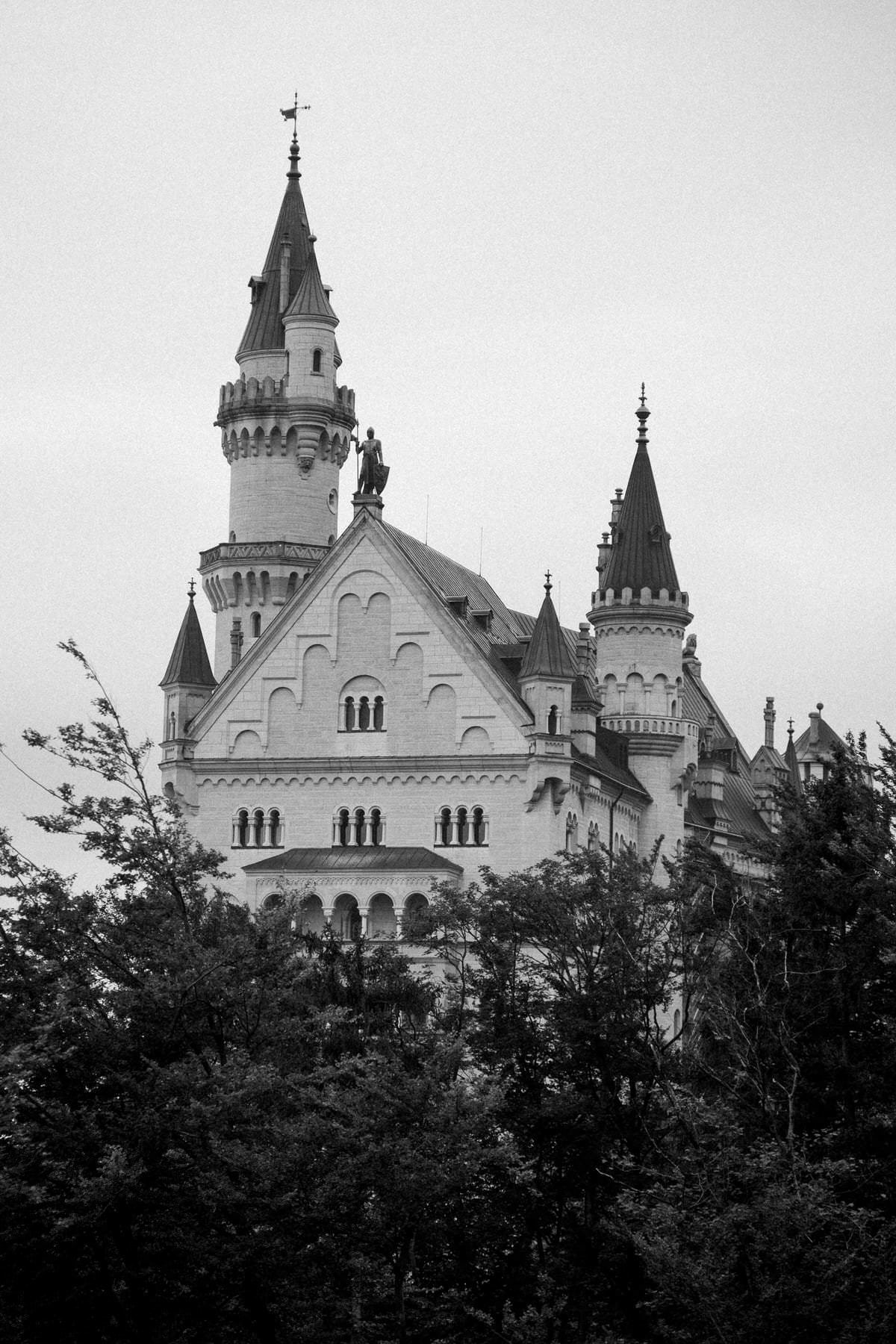
The Tragic End of Ludwig II
While Neuschwanstein is a symbol of beauty and fantasy, the story of King Ludwig Il's life is far from a fairytale. His obsession with building lavish castles, coupled with his retreat from public life, led to increasing discontent among the Bavarian government. In 1886, Ludwig was declared mentally unfit to rule and was deposed. Just a few days later, he was found dead in mysterious circumstances, drowned in Lake Starnberg alongside his psychiatrist. To this day, the exact cause of his death remains a topic of speculation and intrigue.
Despite his tragic end, Ludwig II left behind an enduring legacy through his castles, particularly Neuschwanstein. His artistic vision, though costly and misunderstood in his time, is now celebrated worldwide.
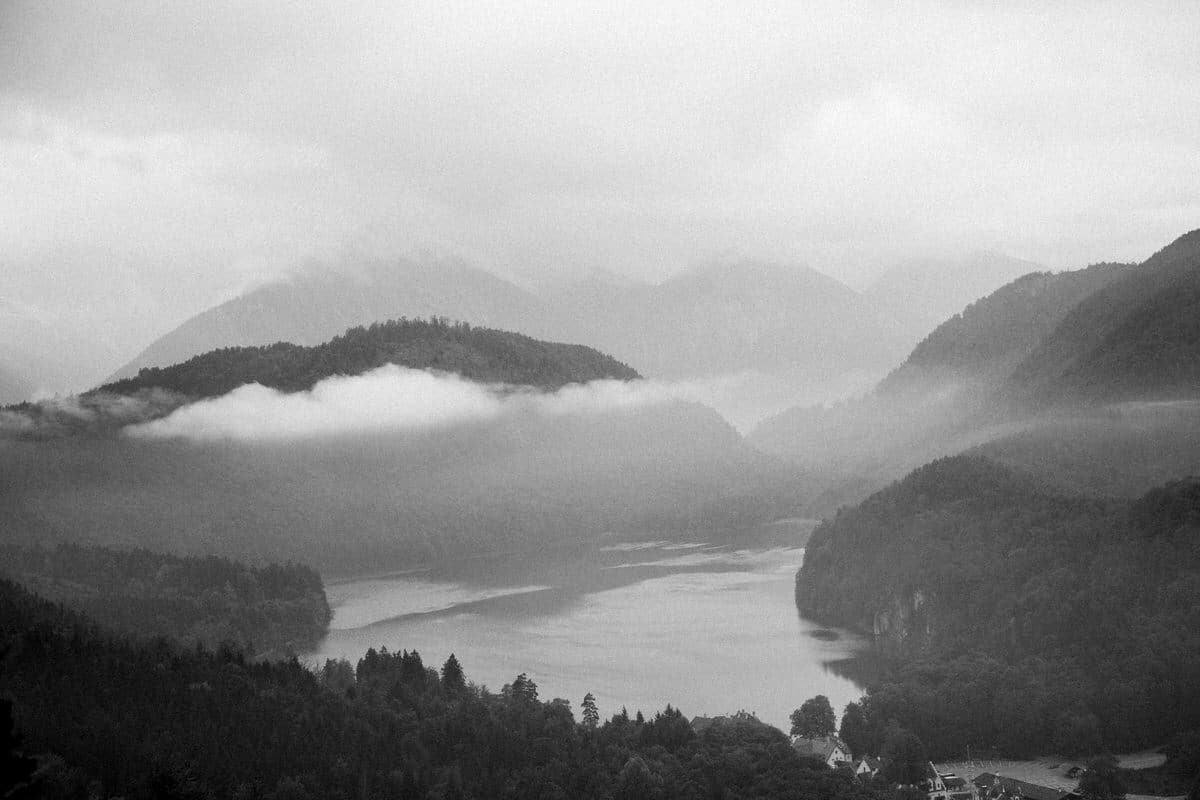
A Global Icon and Tourist Destination
After Ludwig's death, Neuschwanstein was opened to the public, and today it attracts millions of visitors from around the globe. Its dreamy appearance and romantic history continue to fascinate people, making it one of the most visited castles in Europe.
Whether you're drawn by its architectural grandeur, its breathtaking Alpine surroundings, or the allure of Ludwig's story, a visit to Neuschwanstein is like stepping into a different world. The castle's hilltop location offers sweeping views of the Bavarian countryside, and nearby attractions like the Alpsee Lake and Hohenschwangau Castle only add to the experience.
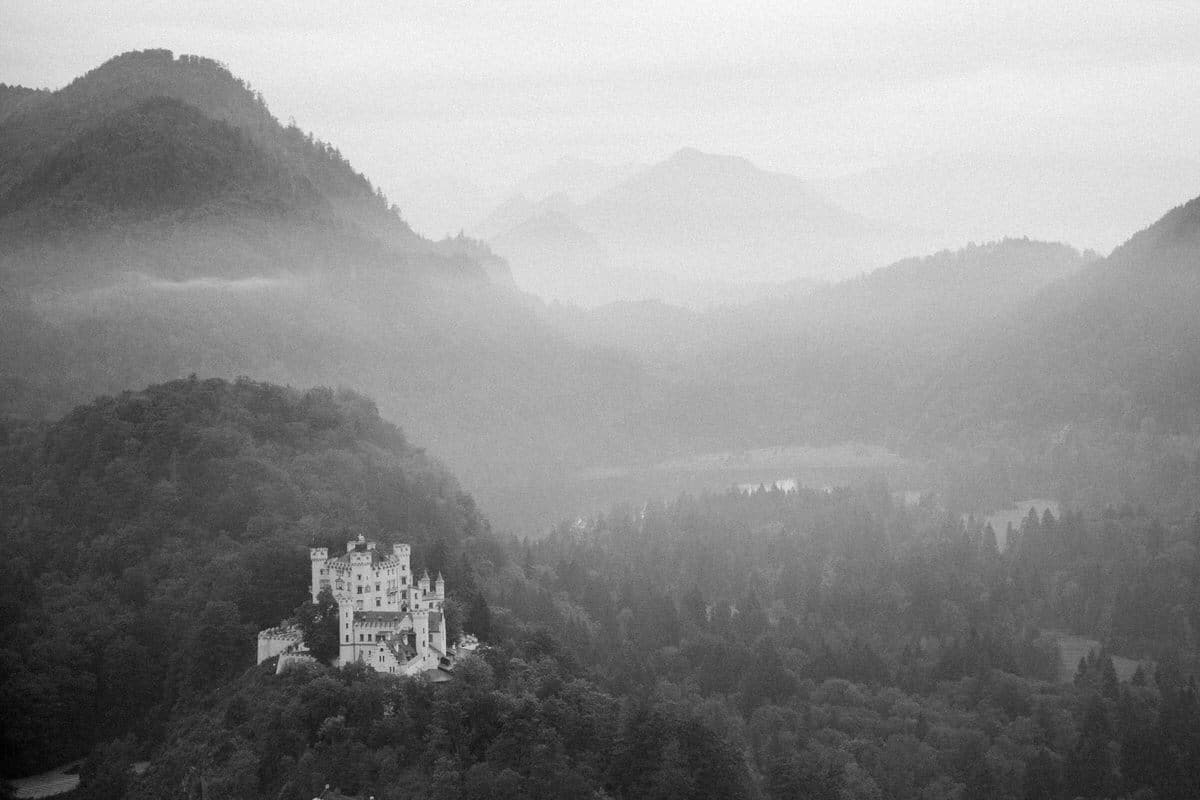
Inspiration for Popular Culture
Neuschwanstein's impact on popular culture is undeniable. As the inspiration behind Disneyland's Sleeping Beauty Castle, it has become a symbol of romance, fantasy, and fairy tales. The castle's image is often used in films, literature, and artwork to evoke a sense of wonder and nostalgia.
Its timeless beauty and the mysterious life of its creator continue to captivate imaginations, ensuring that Neuschwanstein remains not just a symbol of Bavaria, but a global icon of romantic escapism.

Enchanted by Magic
Neuschwanstein Castle stands as a testament to King Ludwig Il's dream of creating a world of beauty and fantasy. Though he may have been misunderstood in his time, Ludwig's vision has left an indelible mark on history and culture. Today, visitors to Neuschwanstein find themselves enchanted by the same magic that captivated Ludwig over a century ago-a magic that feels as timeless as the towering spires of the castle itself.



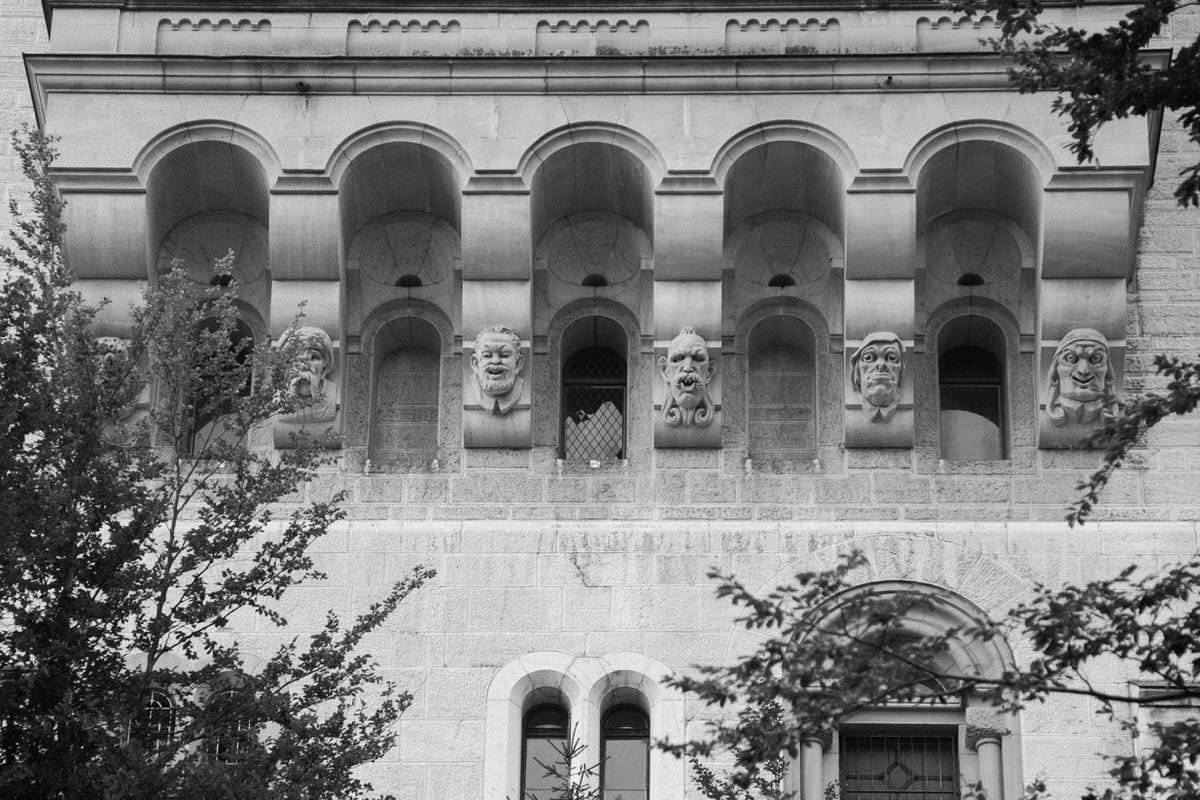
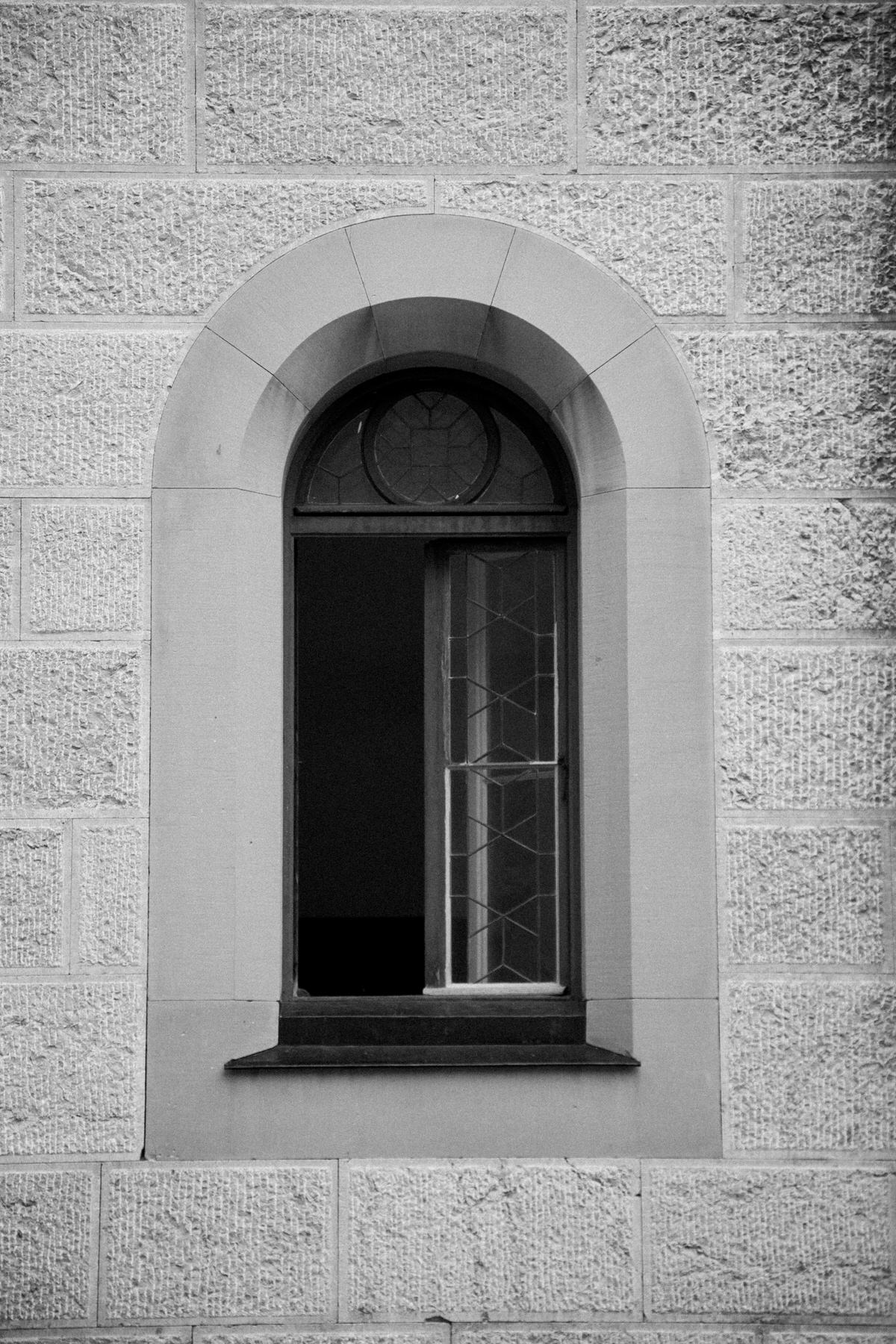
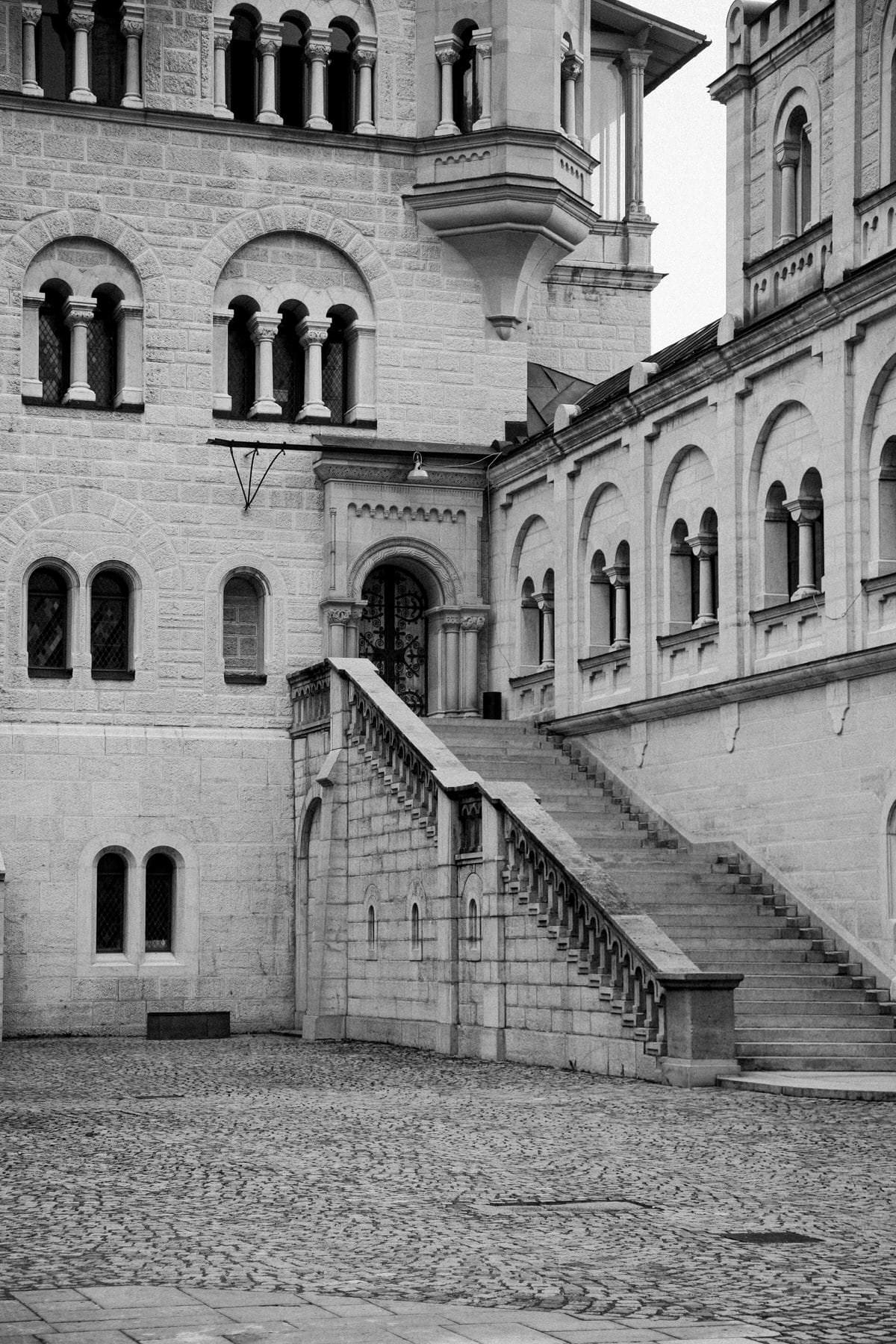
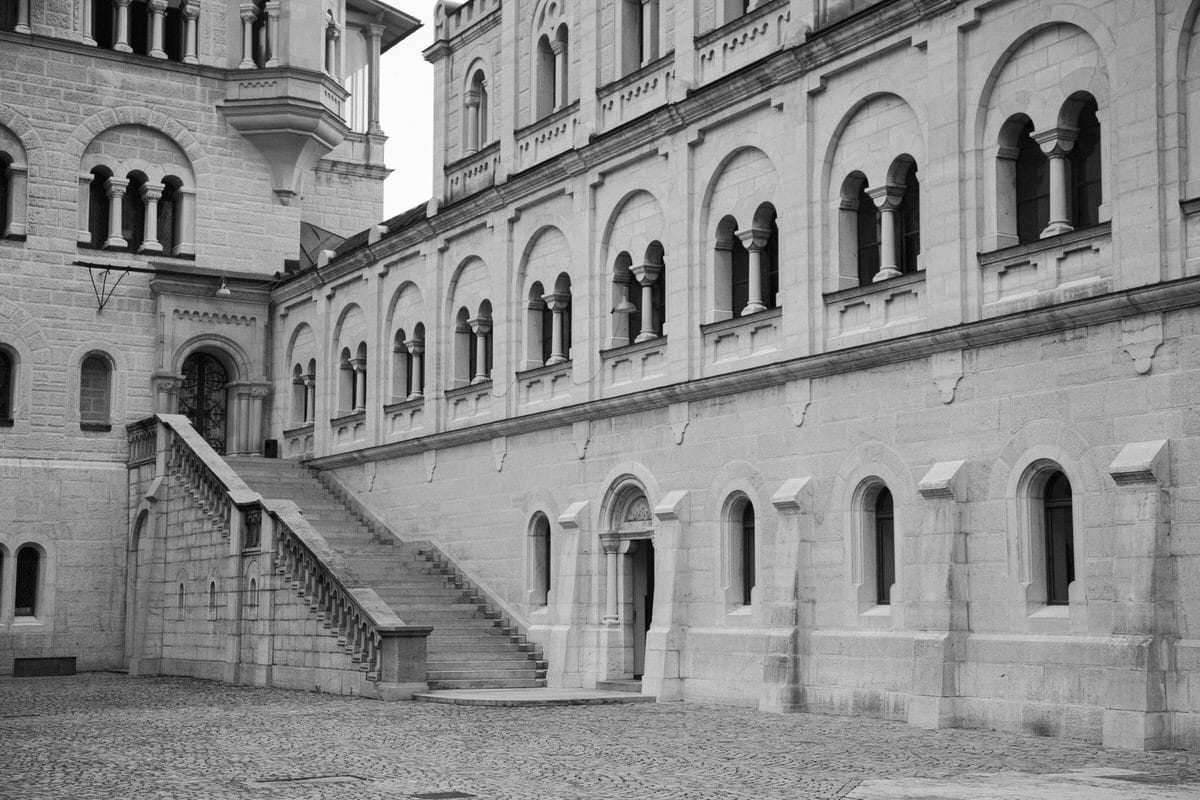
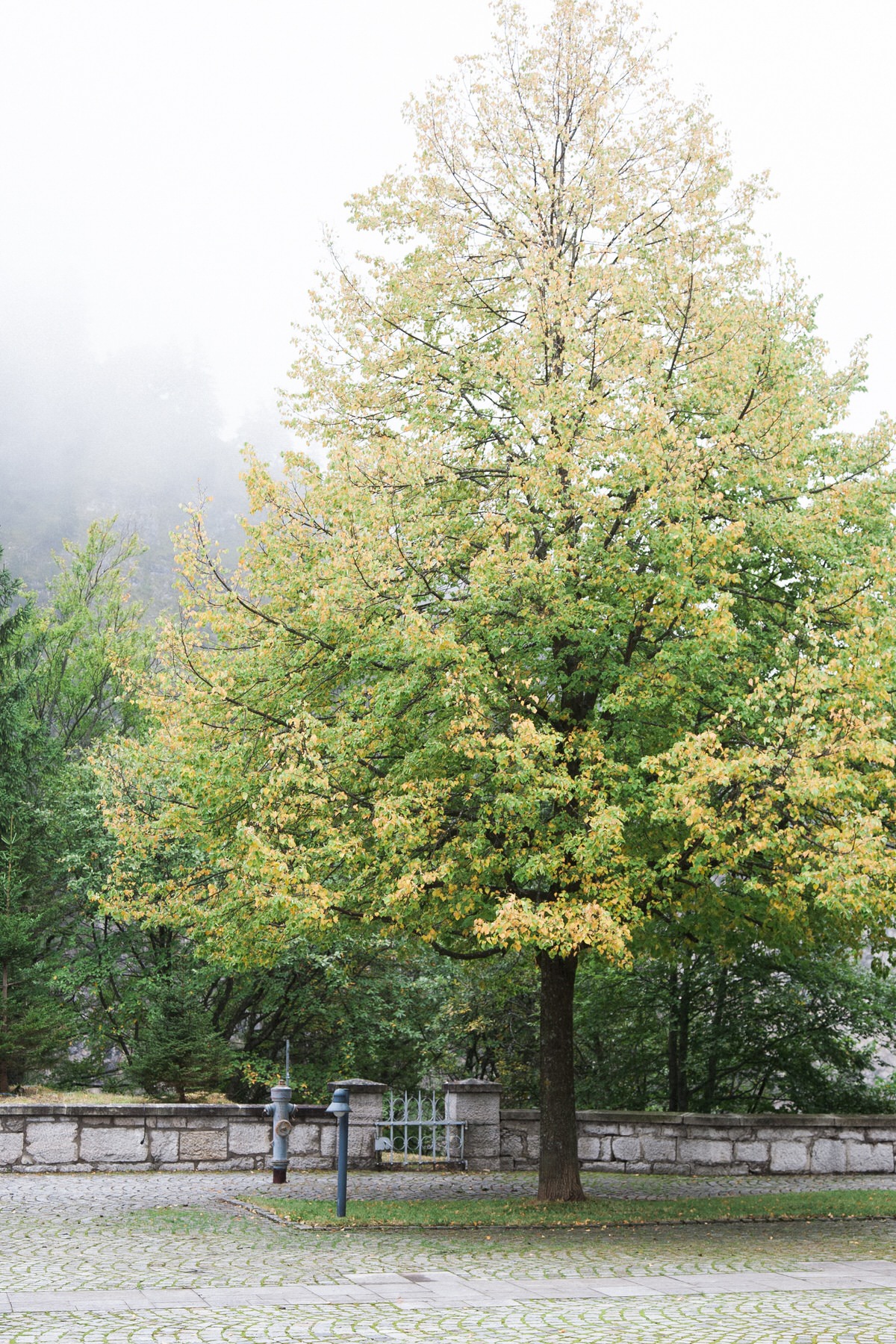
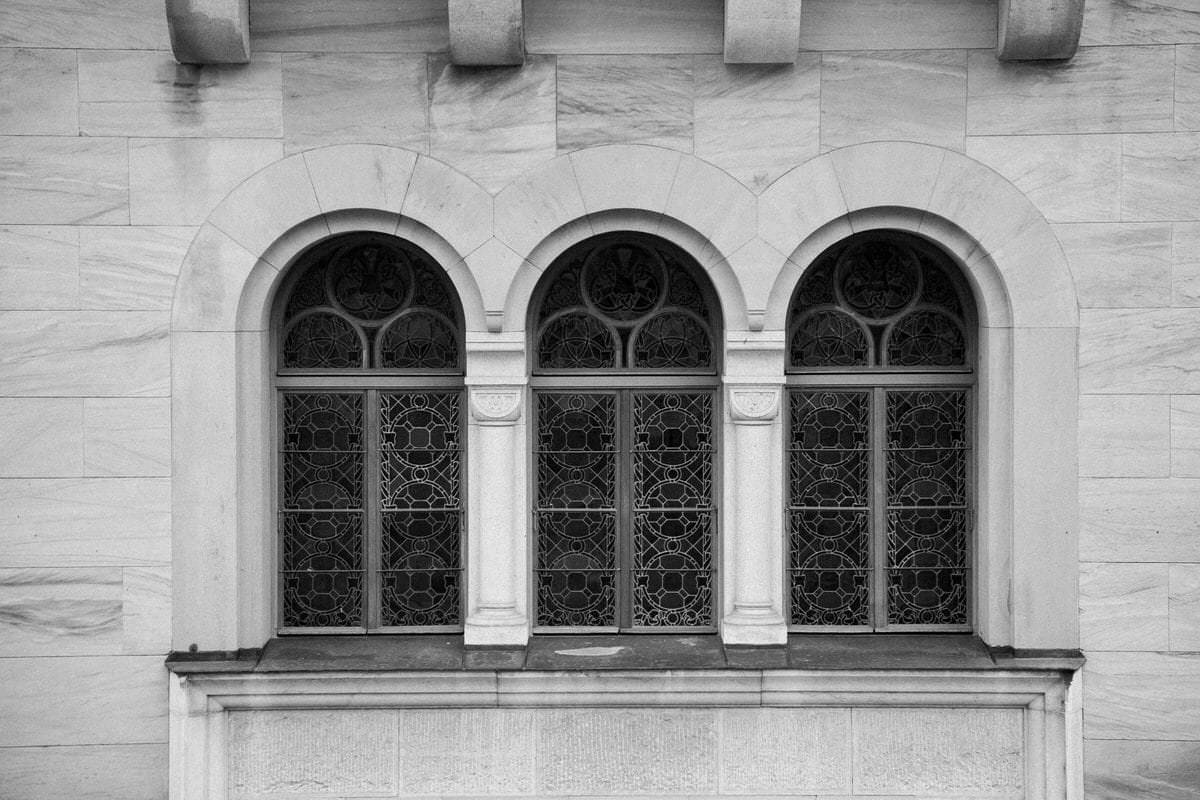
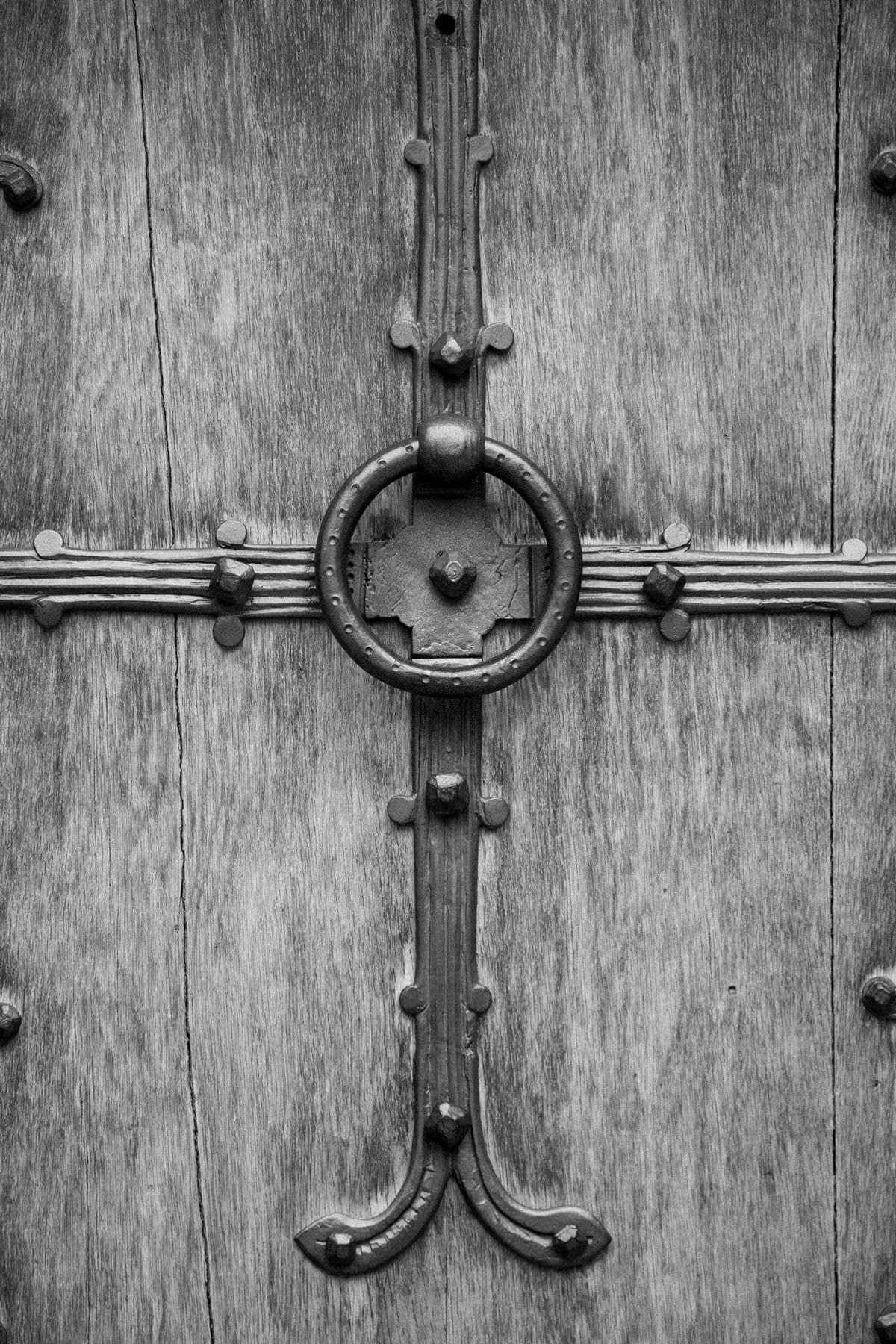
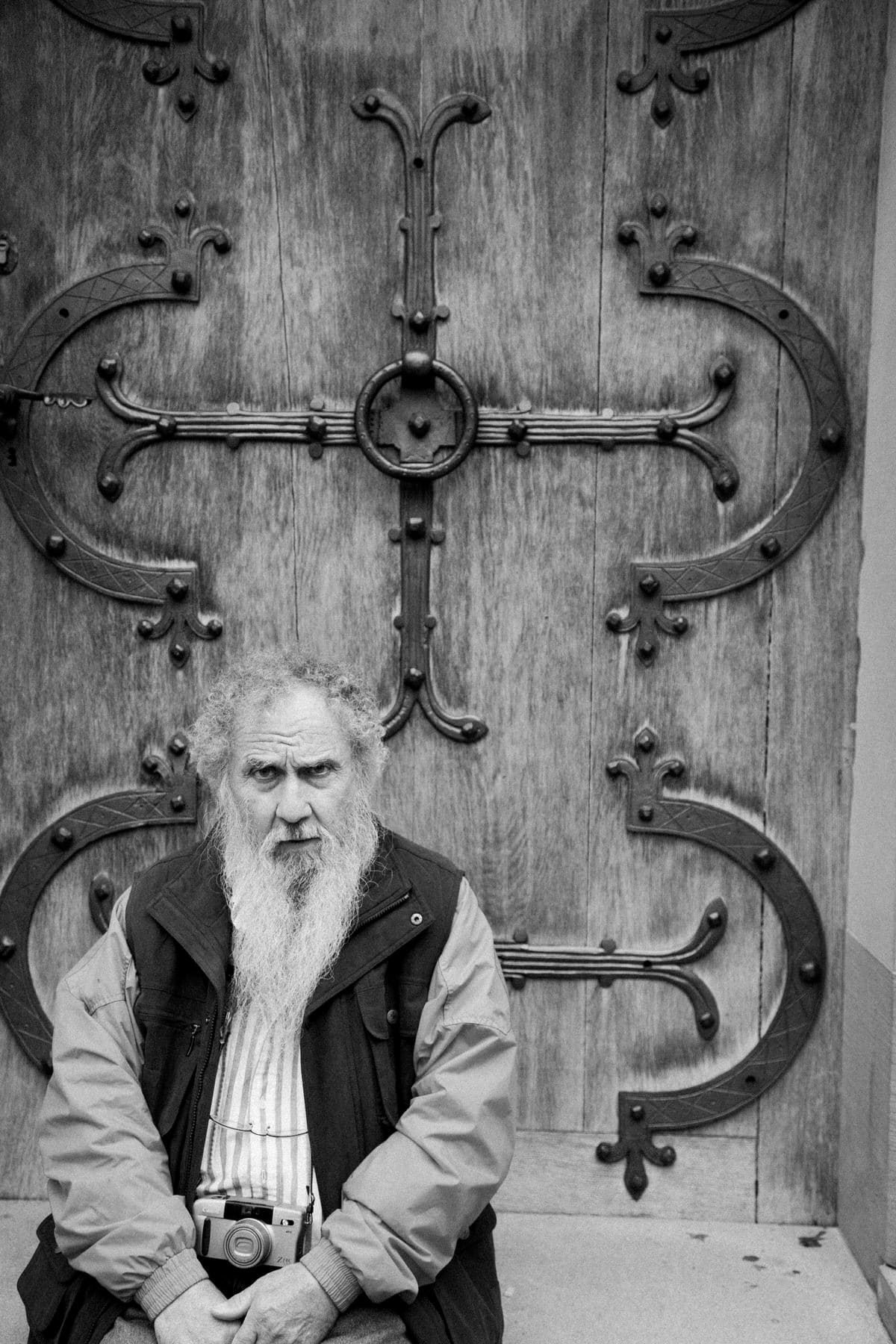
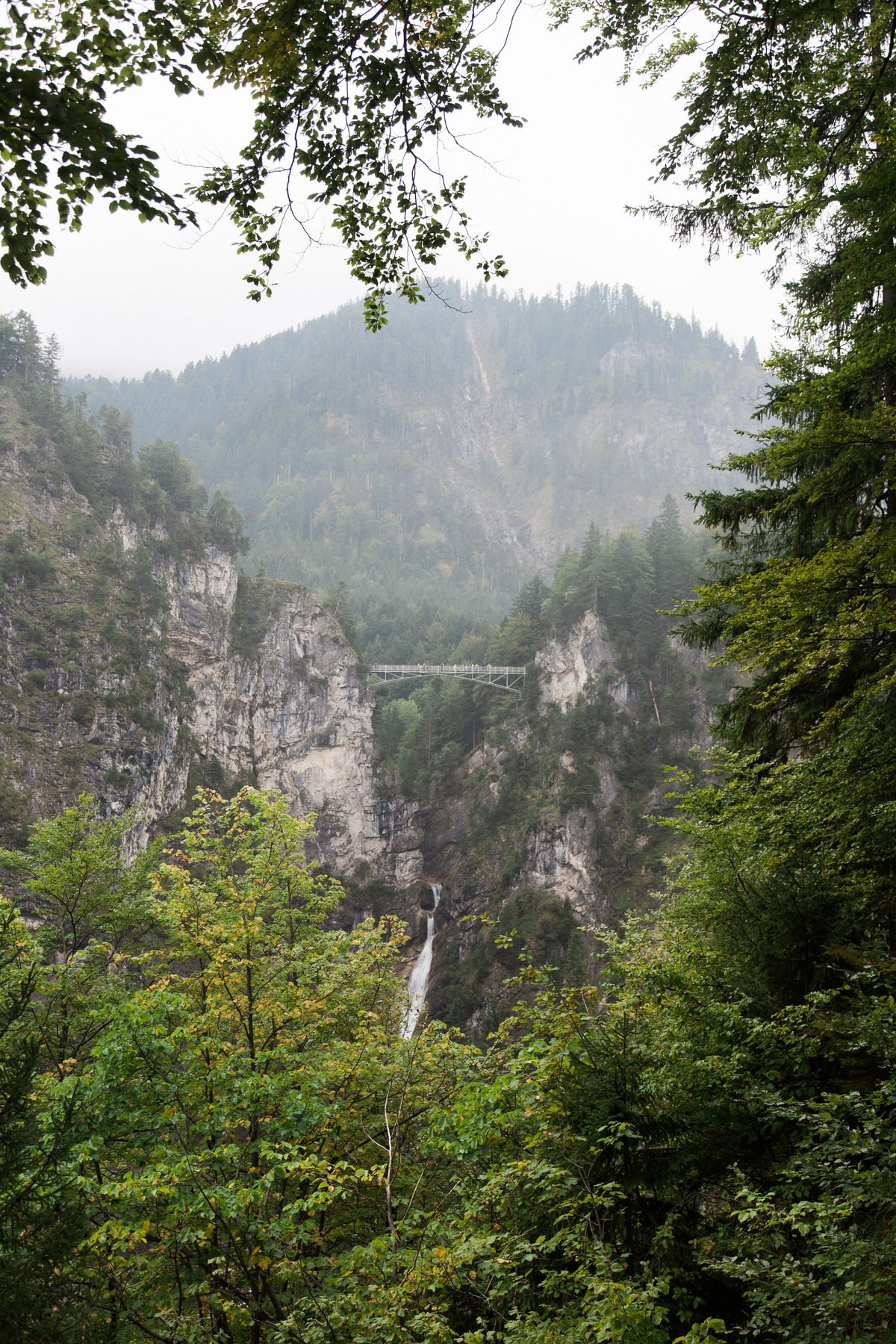
STAY IN THE LOOP!
Subscribe and be the first to know about the new adventures,
art, inspiration, and much more.
I invite you along on this journey of 100 Blog Posts in 100 Days
There will be times of triumph and times of struggle, but I will show up through it all. I would love to hear your thoughts along the way. COMMENT BELOW!
61/100
- CLICK HERE to start at the beginning of this journey!
- Click To Read Day 62: Favorite Children's Books



